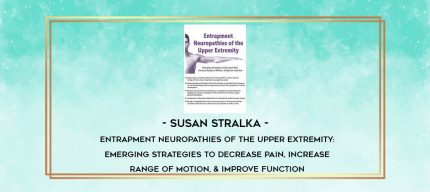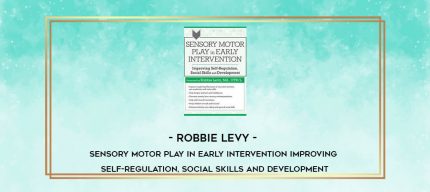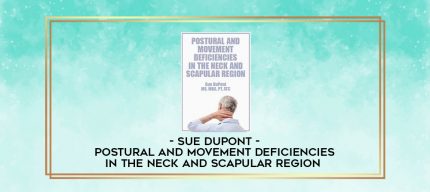Course Description
Postural and Movement Deficiencies in the Neck and Scapular Region – Sue DuPont

With more people using computers and cell phones than ever before, neck and shoulder pain are on the rise. Assessing movement-related impairments in these patients/clients is an essential skill in managing musculoskeletal pain. This session will explore postural control mechanisms, myofascial imbalances and how they contribute to pain syndromes. Tools for identifying and treating these dysfunctions will also be discussed.
- Identify the types of movement & postural related impairments that exist in neck & shoulder patients
- Describe at least 3 methods for assessing/measuring movement & postural-related impairments in neck & shoulder patients
- Demonstrate at least 3 evidence-based exercises to treat movement impairments in neck & shoulder patients
Intro: Describe Typical Posture of Neck and Shoulder Patient
- Why do movement impairments occur?
- What impairments exist?
Methods for Measuring Movement and Postural Impairments
- Neck Positioning Sense
- Motor Control Adaptations (APAs)
- Scapula Dyskinesis
Exercises for Postural & Movement Impairments in Neck and Shoulder Patients
- Neck repositioning exercises
- Deep Neck Flexor exercises
- Scapular rebalancing
- Scapular Strengthening
- Kinetic Chain motor reprogramming
Summary























Reviews
There are no reviews yet.